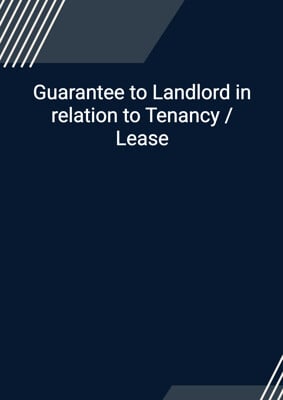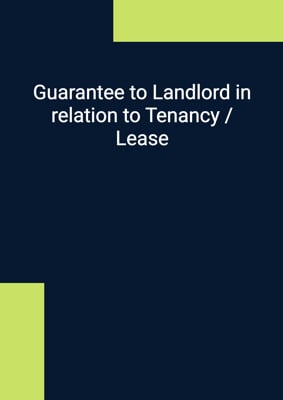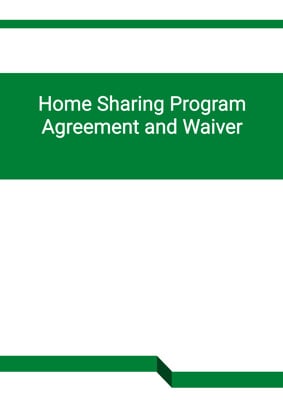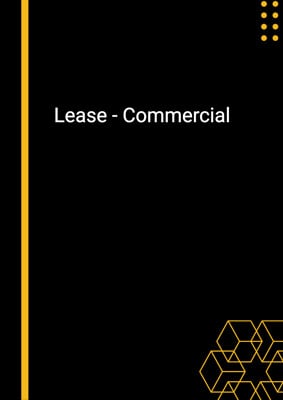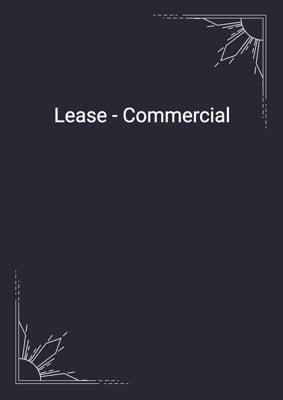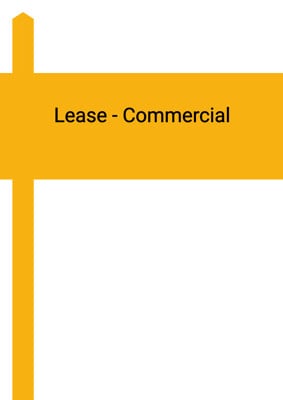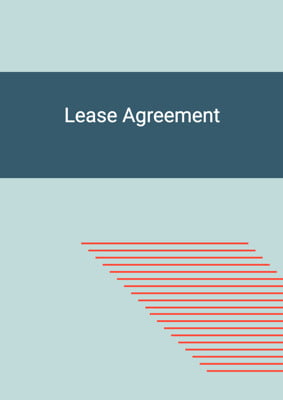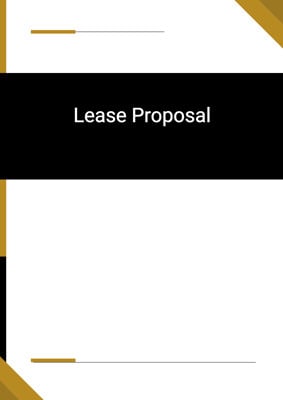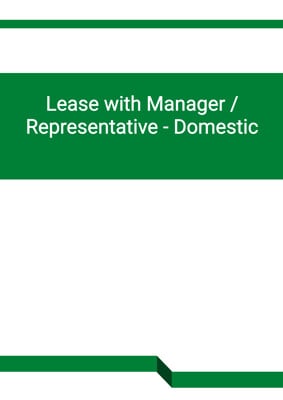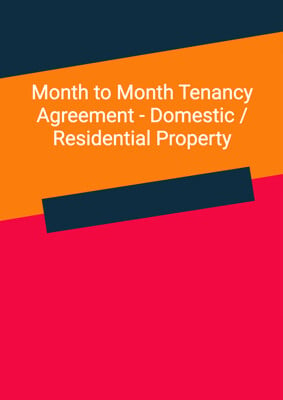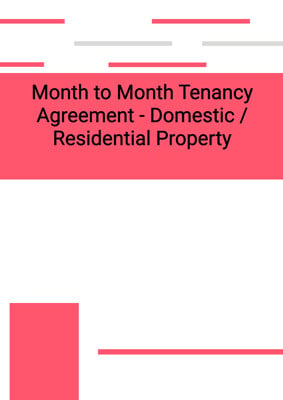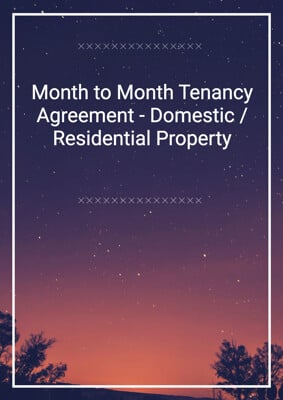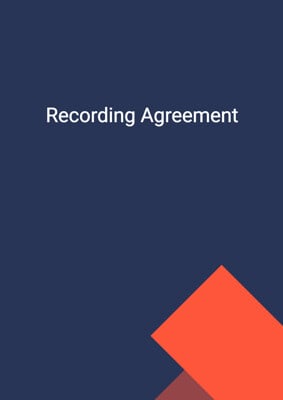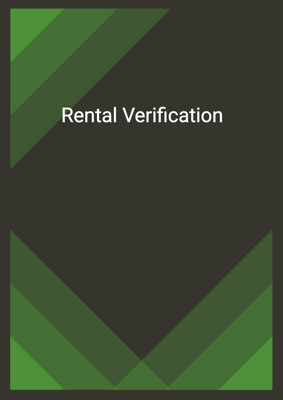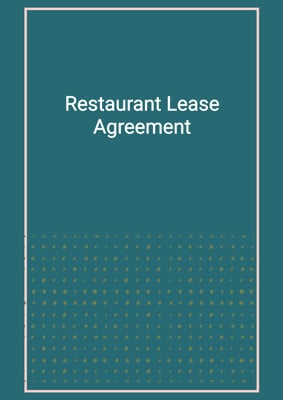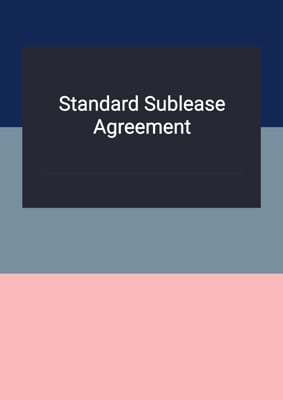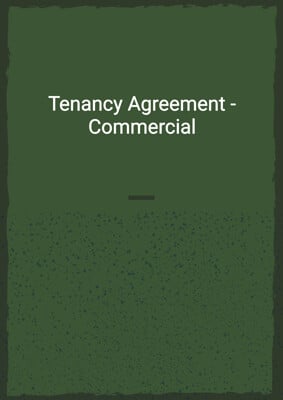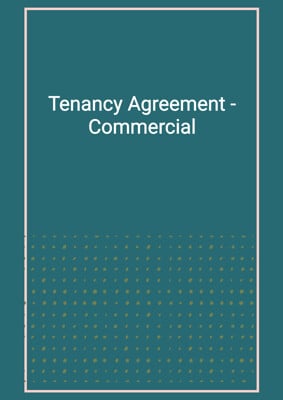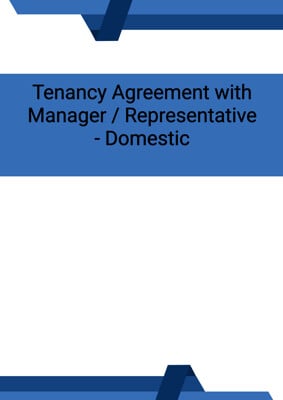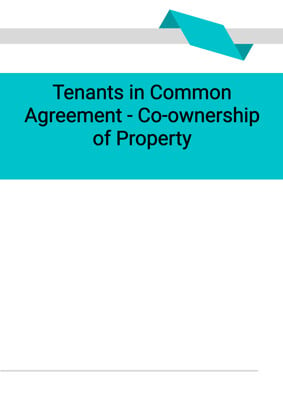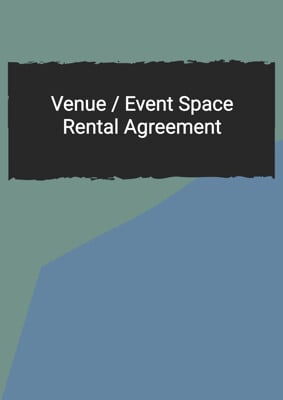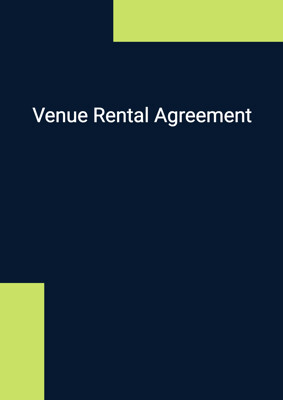How to Tailor the Document for Your Need?
01
Create Document
Fill in the details of the parties. You can click the "Fill with Member’s Information" button to complete it with information saved to your account.
02
Fill Information
Please fill in any additional information by following the step-by-step guide on the left hand side of the preview document and click the "Next" button.
03
Get Document
When you are done, click the "Get Document" button and you can download the document in Word or PDF format.
04
Review Document
Please get all parties to review the document carefully and make any final modifications to ensure that the details are correct before signing the document.
Document Preview
Document Description
The Listing Agreement is a document that is entered into between the Owner and the Broker for the purpose of granting the Broker the sole and exclusive right to lease and receipt for deposit in connection with a specific property. The agreement outlines the terms and conditions of the lease, including the lease terms, brokerage fee, commission schedule, agency/dual agency, and other important provisions.
The agreement begins with an introduction, stating the parties involved in the agreement, namely the Owner and the Broker. It also specifies the principal place of business for each party. The agreement then goes on to describe the property that is being leased, providing a detailed description of its location and other relevant details.
The lease terms section of the agreement explains that the Owner will pay a brokerage fee, also known as the leasing commission, to the Broker for listing and leasing the property. The commission schedule is provided, which outlines the calculation of the leasing commission based on the total gross rentals due and the highest monthly rental payment amount. The agreement also mentions that if another broker procures the tenant, no commission will be paid to the Broker.
The agreement further discusses the minimum leasing commission, which is the minimum amount that the Owner will pay to the Broker regardless of the total gross rentals due. It states that if another broker procures the tenant, no minimum leasing commission will be paid to the Broker.
The payment terms are outlined, stating that the commissions are due and payable in two installments: one-half on lease execution and payment of the deposit, and one-half on occupancy. The agreement also mentions that in the event of legal action to enforce the agreement, the Broker will be responsible for paying attorney's fees and legal costs.
The agreement includes provisions regarding agency and dual agency. It authorizes the Broker to appoint other salespersons affiliated with the Broker as sub-brokers to act on the Owner's behalf. It also allows the Broker to enter into cooperative brokerage agreements. The agreement states that if the property is leased to a lessee represented by one of the Broker's salespersons other than the listing broker, the Broker will act as a dual agent. It also mentions that if the property is leased to a lessee who the listing broker also represents, both the listing broker and the Broker will act as dual agents.
The agreement grants the Broker permission to show the property and place signs on it. It specifies the hours and days during which the property can be shown and states that the Broker's signs will be the only leasing signs on the property. The agreement also includes a provision for the continuation of the agreement on a month-to-month basis after the expiration date, unless terminated by either party with thirty days' written notice.
The agreement concludes with a section for the parties to sign, acknowledging their receipt of a copy of the agreement and their approval of its contents.
How to use this document?
1. Enter the Contractor's and Customer's information in the agreement, including their principal place of business. This ensures that both parties are clearly identified.
2. Clearly specify the agreed price and completion date of the work to be carried out by the Contractor. This will ensure that both parties are aware of the expectations and deadlines.
3. Clearly describe the type(s) of services to be provided by the Contractor. This ensures that both parties are aware of the scope of work and can avoid any misunderstandings.
4. Both parties should agree on the length of warranty and time of payment after the completion of the work. This ensures that both parties are aware of the payment terms and the length of the warranty.
5. If the work is not completed by the completion date, specify the amount of damages per week that the Customer is entitled to. This ensures that both parties are aware of the consequences of non-completion.
6. Review the agreement and make sure all the necessary information is included and accurate.
7. Sign the agreement and provide copies to both parties for their records.
8. Keep a copy of the agreement in a safe and easily accessible place for future reference.
9. If any changes need to be made to the agreement, consult with both parties and make the necessary amendments.
10. In case of any disputes or issues, refer to the agreement and follow the agreed-upon procedures for resolution.
11. Regularly review the agreement to ensure that it is still valid and meets the needs of both parties.
12. Seek legal advice if there are any concerns or questions regarding the agreement or its interpretation.
Not the right document?
Don’t worry, we have thousands of documents for you to choose from:






